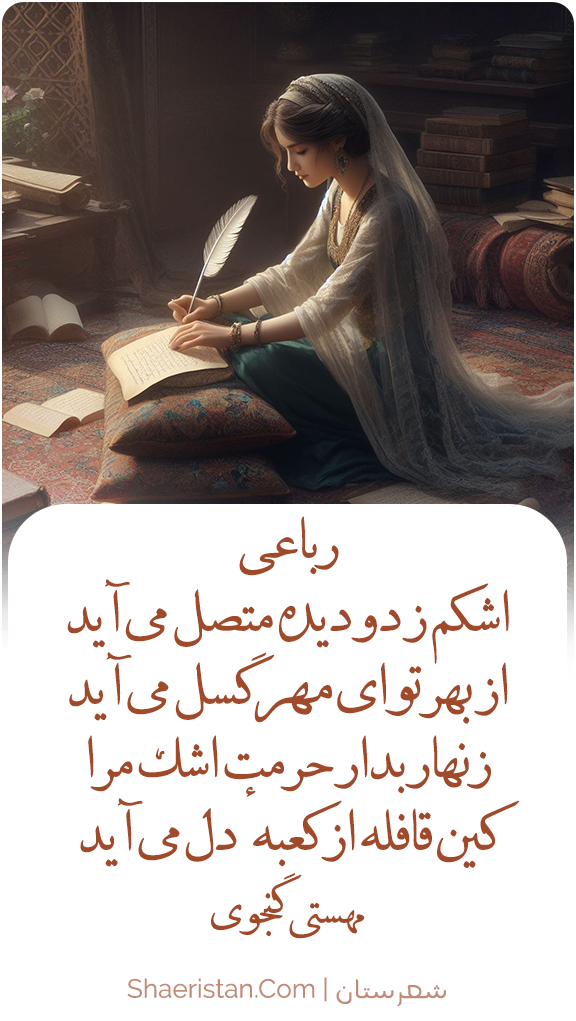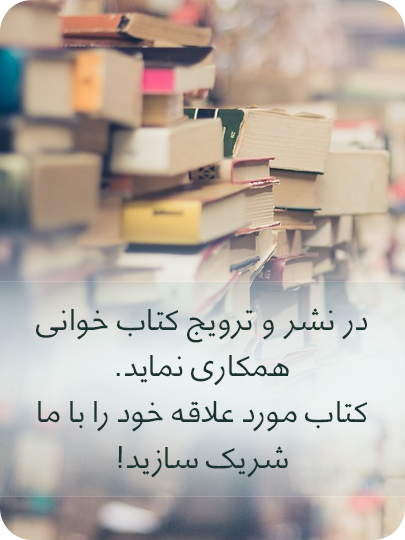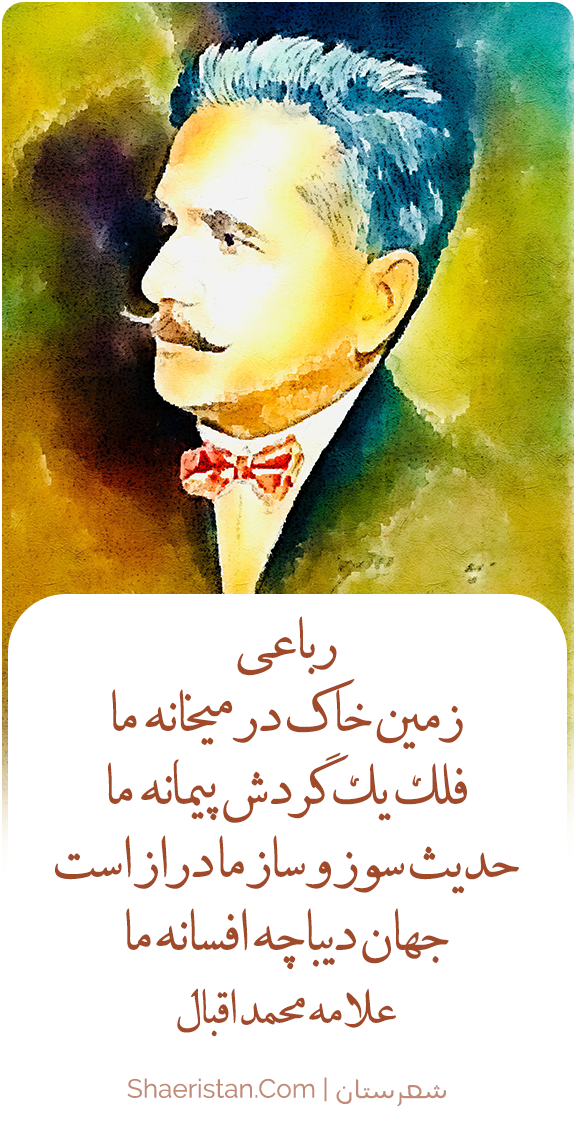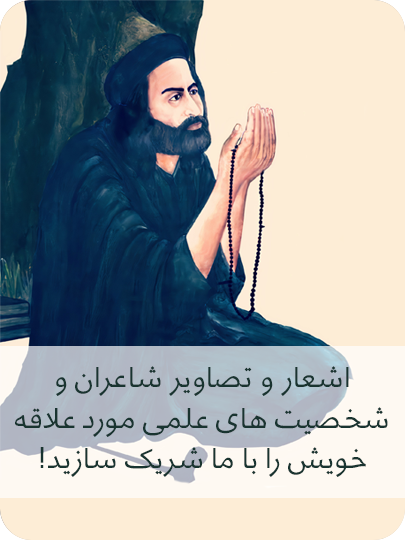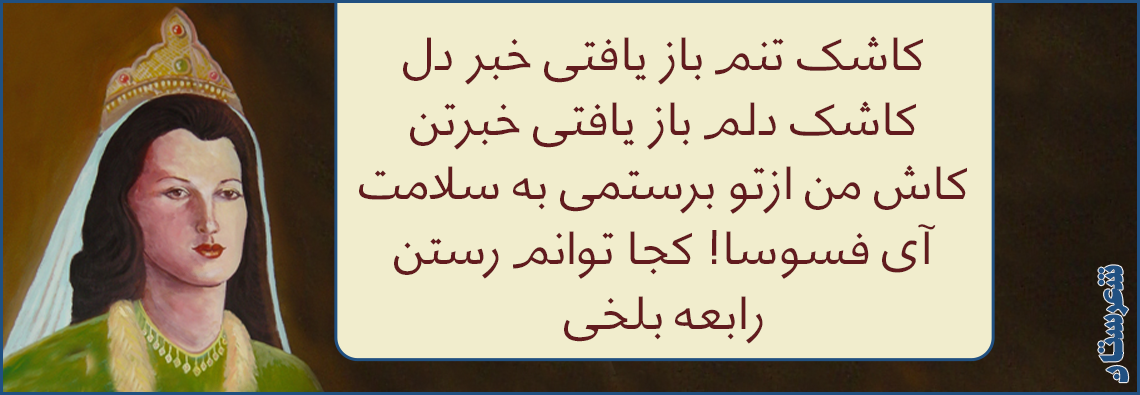
به رابعه بلخی هم مشهور است. زن پارسی گوی شاعر قرن نخست صده چهارم هجری است که در تذکره ها از وی نام برده شده است. وی هم دوره با سامانیان و رودکی بود و در نیمه اول قرن چهارم در بلخ حیات داشت پدر وی شخص فاضل و محترمی بود در دوره سلطنت سامانیان در سیستان بست قندهار وبلخ حکومت میکرد. از تاریخ تولد رابعه اطلاعی در دست نیست ولی پاره ای از حیات وی معلوم است. رابعه از عربهای کوچیده به خراسان بود به پارسی و تازی شعر می سرود و غزلهای پرسوز او در بازار صوفیان مشتاقان زیادی داشت. رابعه شیفته بکتاش که غلام برادرش حارث بود میشود و برایش شعر میسراید حارث از این عشق آگاه و دستور می دهد خواهرش را به حمام ببرند و رگهایش را بگشایند تا بمیرد. رابعه در سنین جوانی با دل پر آرمان با دنیایی که از آن جز غم و ناکامی نصیب نداشت وداع کرد.
![]()
Rābi’a bint Ka’b al-Quzdārī (Persian: رابعه بنت کعب), popularly known as Rābi’a Balkhī (رابعه بلخی) and Zayn al-‘Arab (زین العرب), was a Persian writer and poet from the city of Balkh, and possibly the first woman poet in the history of New Persian poetry.
References to her can be found in the poetry of Rūdakī and ‘Attār. Her biography has been primarily recorded by Zāhir ud-Dīn ‘Awfī and renarrated by Nūr ad-Dīn Djāmī. The exact dates of her birth and death are unknown, but it is reported that she was a native of Balkh in Khorāsān (present-day Afghanistan). Some evidences indicate that she lived during the same period as Rūdakī, the court poet to the Samanid Emir Naṣr II (914-943).
Quzdārī was born in the 10th century in Balkh. She was a poet of the royal court in the Samanid Empire. Her name and biography appear in ‘Awfī’s lubābu ‘l-albāb, ‘Attār’s maṭnawīyat, and Djāmī’s nafahātu ‘l-uns. She is said to have been descended from a royal family, her father Ka’b al-Quzdārī, a chieftain at the Samanid court, reportedly descended from Arab immigrants who had settled in eastern Persia during the time of Abu Muslim.
She was one of the first poets who wrote in modern Persian, and she is, along with Mahsatī Dabīra Ganja’ī, among a very few female writers of medieval Persia to be recorded in history by name. She is the earliest known female Persian poet, called the “first documented Persian woman poet” by the Library of Congress.
Nearly twelve centuries after her birth, Rabia is still very much alive in the Persian speaking world. Her poems are recited in schools and she is referenced in academia, ceremonies, award shows and television programs. Her grave in Balkh is adorned annually with pilgrims who pay their respects to the most famous woman in the Persian tradition. Through the years, Quzdari has ranked only second to Zoroaster, but ahead of Balkhi, in terms of her fame and popularity in the Greater Persian region.

